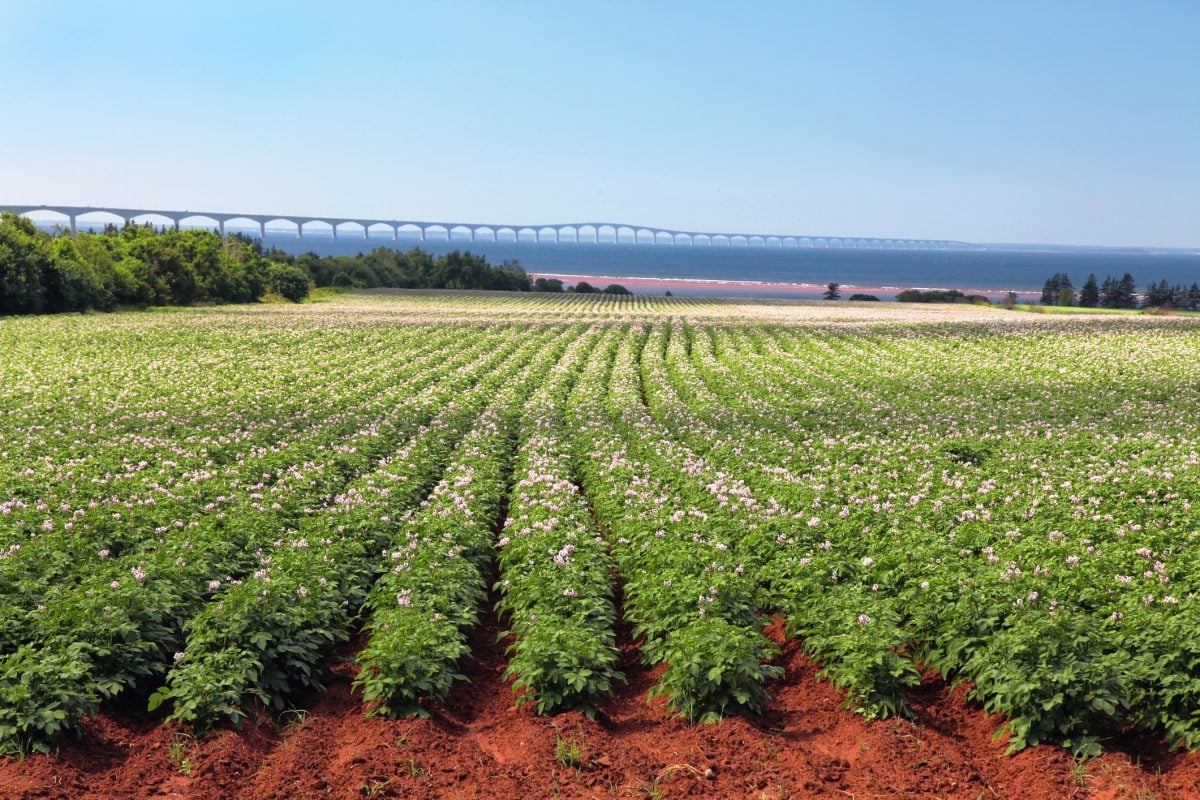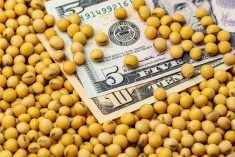CNS Canada — The canola market continues to watch and wait for the Chinese and Canadian governments to resolve a dispute over the amount of dockage allowed in imports of Canadian canola. Until that happens, canola may face growing pressure between now and next week.
On Sept. 1, China is scheduled to lower the amount of foreign material allowed in Canadian canola imports from 2.5 per cent to one per cent.
Some have speculated the move is being made to give China time to eat through its existing stockpiles of rapeseed, rather than serious concerns over blackleg disease in Canadian shipments.
Read Also

CFIA looks for feedback on proposed seed potato rule changes
The Canadian Food Inspection Agency is looking for public and industry input on proposed amendments to regulations around seed potatoes.
Whatever the case, it is starting to become a factor in the market, according to analyst Mike Jubinville of ProFarmer Canada in Winnipeg.
“If we don’t get any deal on China we’ll probably feel the harvest pressures and go down to $450 (per tonne) before we re-galvanize,” he explained.
After that, he expects values to creep higher as post-harvest demands come into play.
“In the here and now, we’re kind of butting our head around resistance areas; that’s going to be difficult to crack through, but if we get the China deal we will jump another $20,” he said.
Australia may pick up some of the demand from China if the dockage issue isn’t settled, he said, but added that may also open up some smaller marketing windows for Canada.
“We may fill the gap in the markets where Australia falters,” he said.
Speculators still hold a massive short position in the market, which leaves the chance for some volatility in the future.
For the most part, canola chopped around unchanged for the week ended Wednesday. It found some support from global demand for oilseeds, a resurgence in vegetable oil, and a Statistics Canada report that pegged this year’s production at just over 17 million tonnes. That compares to pre-report ideas of 15.9 to 20 million tonnes and the year-ago level of 17.2 million.
Many people believe the StatsCan number was too low, Jubinville said. On the other hand, if StatsCan is correct, it would leave Canada with just 18.3 million tonnes of canola (with the carryout), which wouldn’t be enough.
“In that case, we may have to ration demand,” he said.
While another test lower could be coming to the canola market, the cash basis at Prairie elevators has widened out, which is positive, said Jubinville.
— Dave Sims writes for Commodity News Service Canada, a Winnipeg company specializing in grain and commodity market reporting.
















